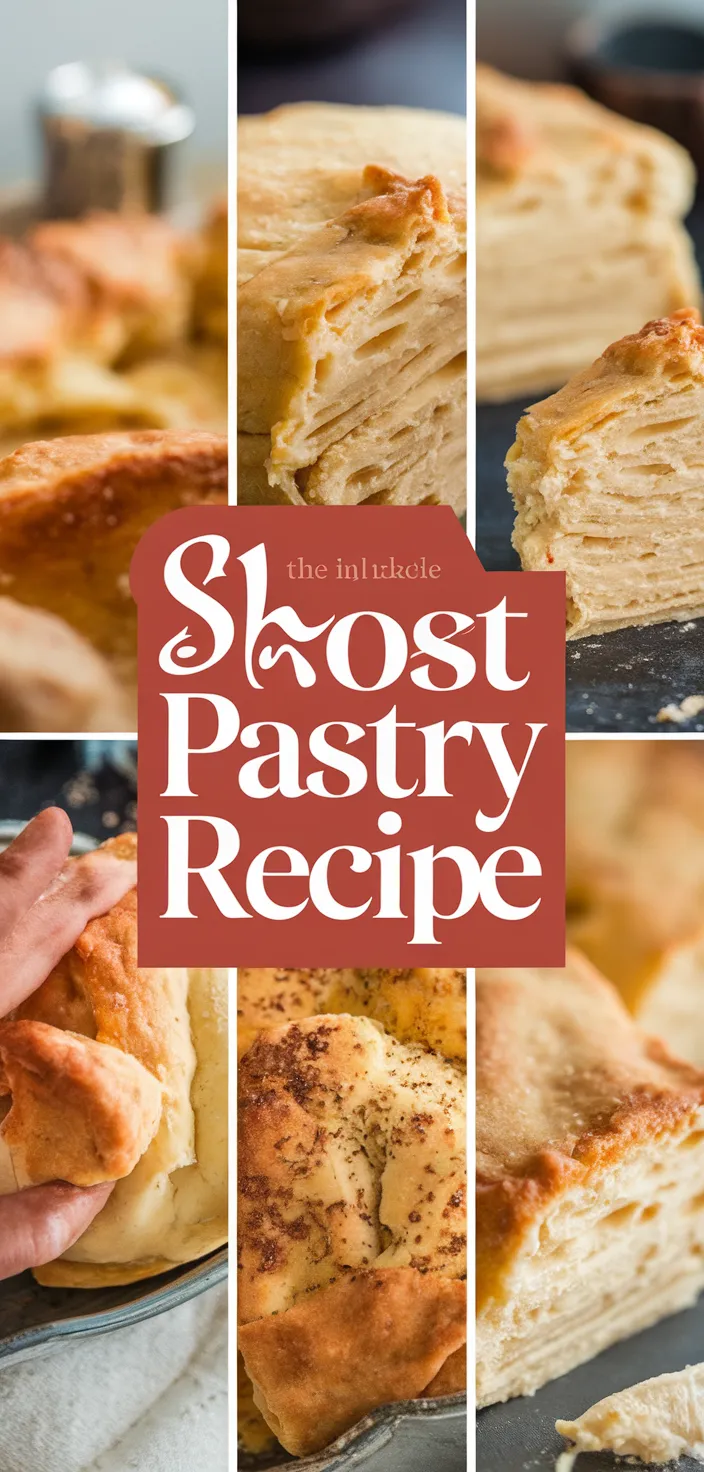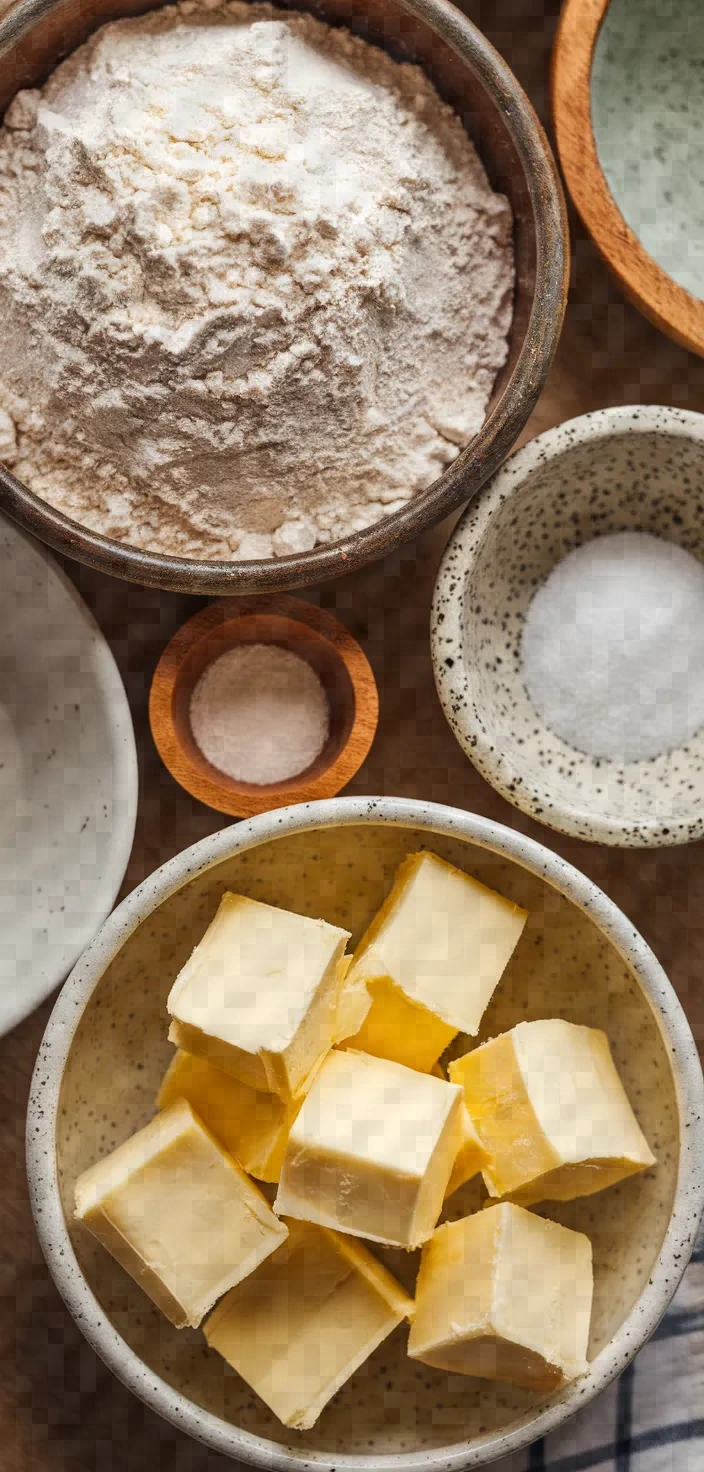I am an aficionado of food, especially that which is made using short-crust pastry. I relish working with it because it is simple and versatile.
The classic recipe for it is really direct and requires very few basic ingredients: 200g of plain flour, which has the main structural role; 100g of butter, which is unsalted, chilled, and diced to make it somewhat flaky; a pinch of salt; and 2 to 3 tablespoons of cold water. When I make it using these amounts and this method, I end up with what I consider the perfect base for both sweet and savory dishes.
The nutritional makeup is quite basic: the flour provides carbs and a bit of protein; the butter brings wealth and flavor, not to mention essential fats; and the salt—although it sounds like a lot—really only makes the pastry taste like pastry. My favorite thing about short crust pastry is its versatility.
It can hold any number of sweet or savory fillings and do so with style, not to mention that it can magically transform any number of ordinary ingredients into something extraordinary.

Ingredients

All-purpose flour: The basic ingredient that provides structure; it is abundant in carbohydrates.
Butter (unsalted): Supplies richness and a flaky texture; is high in fat.
Salt: Boosts taste without impairing flavor.
Chilled water: Binds components; maintains dough consistency.
Ingredient Quantities
- 200g plain flour
- 100g unsalted butter, chilled and diced
- Pinch of salt
- 2–3 tablespoons cold water
Instructions
1. Put the all-purpose flour and a dash of salt in a big mixing bowl.
2. In the bowl, add the butter that has been chilled and diced, and that is unsalted.
3. Using your fingertips, work the butter into the flour until the mixture is like fine breadcrumbs.
4. Slowly incorporate 2 tablespoons of cold water, combining gently with a knife until the dough starts to form.
5. Add an extra tablespoon of cold water to help bind the dough if needed.
6. Form the dough into a ball, handling it as little as possible to keep it tender.
7. Cover the dough with cling film and keep it cool in the refrigerator for a minimum of 30 minutes.
8. Set your oven to the temperature that works best for the filling or dish you have selected.
9. On a surface lightly dusted with flour, roll the chilled dough to your desired thickness.
10. Move the rolled-out dough to your baking dish and press it gently into the corners of the dish. After that, trim any dough that is hanging over the edge of the dish.
Equipment Needed
1. Mixing bowl
2. Knife
3. Cling film
4. Rolling pin
5. Baking dish
6. Measuring spoons
7. Refrigerator
8. Oven
FAQ
- What is short crust pastry used for?The flaky and crumbly texture of short crust pastry makes it ideal for both sweet and savory tarts, pies, and quiches.
- How do I prevent my short crust pastry from being tough?Make certain that you do not work the dough too much. Handle it gently and add water, as needed, to bring the dough into a cohesive form.
- Can I use salted butter if I don’t have unsalted butter?Certainly! Salted butter is perfectly fine to use; however, if you do use it, do not add the additional salt the recipe calls for.
- Why is it important to chill the butter before using it?Cooling the butter contributes to a flakier texture because, during baking, it melts and generates steam that lifts and separates the dough layers.
- Can this dough be made in advance?Certainly, you can make the dough ahead of time and keep it in the refrigerator for as long as 2 days or in the freezer for about a month.
- What should I do if my pastry cracks while rolling?Allow the dough to sit at room temperature for a few minutes so that it will be more flexible and easier to roll out when you are ready to attempt that technique again.
- How can I make this pastry suitable for a sweet pie?For a slightly sweetened crust suitable for fruit pies and dessert tarts, you can add 1 tablespoon of sugar to the flour.
Substitutions and Variations
200g plain flour. Substitute with whole wheat flour for a nuttier flavor; with a gluten-free flour blend for a gluten-free option.
100g unsalted butter: For a vegan alternative, substitute with equal amounts of margarine or non-dairy butter. For a more traditional texture, substitute with lard in equal amounts.
A pinch of salt: A pinch of sea salt or kosher salt can be used for a slightly different mineral profile.
2–3 tablespoons cold water: For a richer dough, use cold milk or a milk alternative; otherwise, use cold water.










